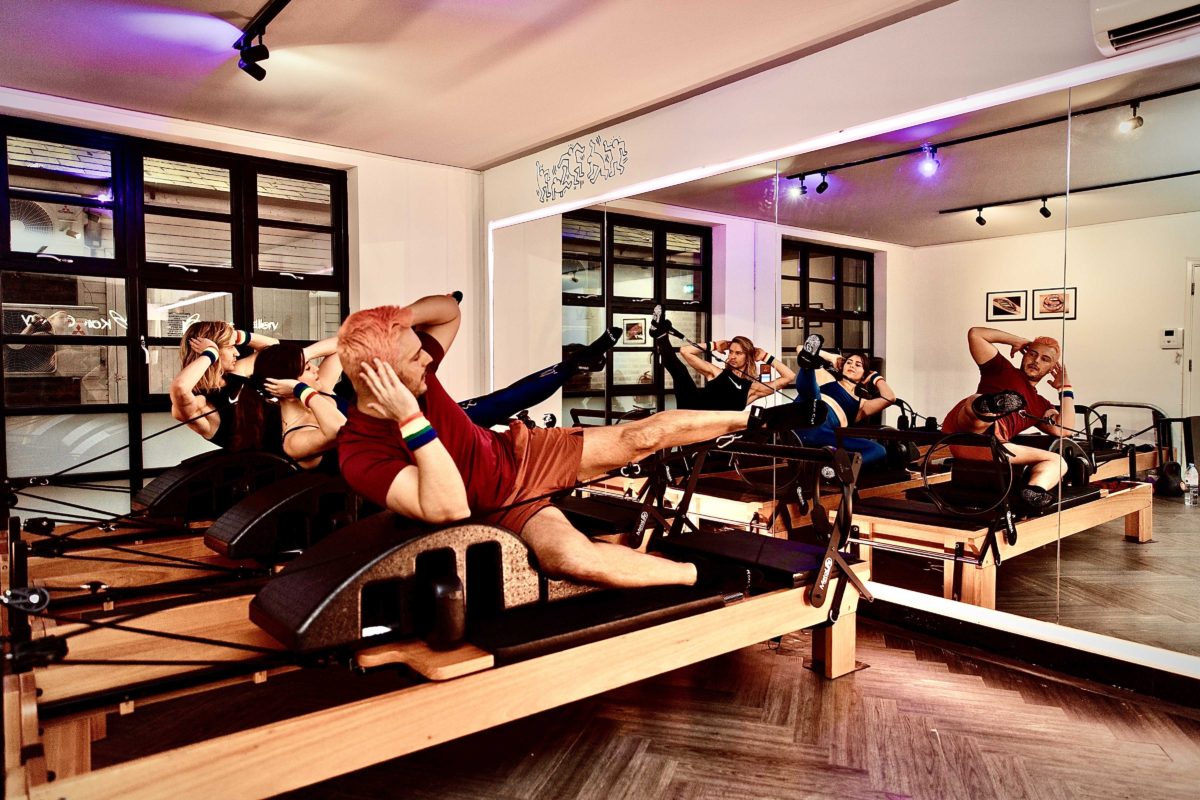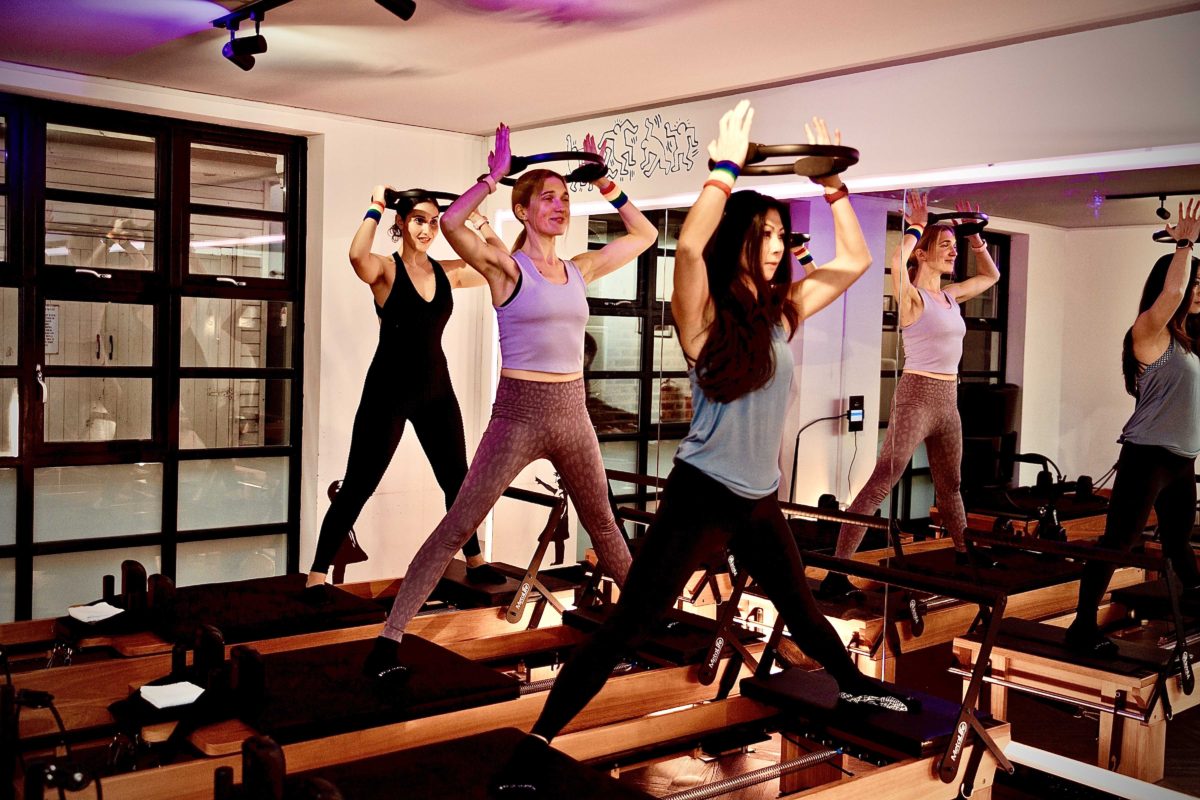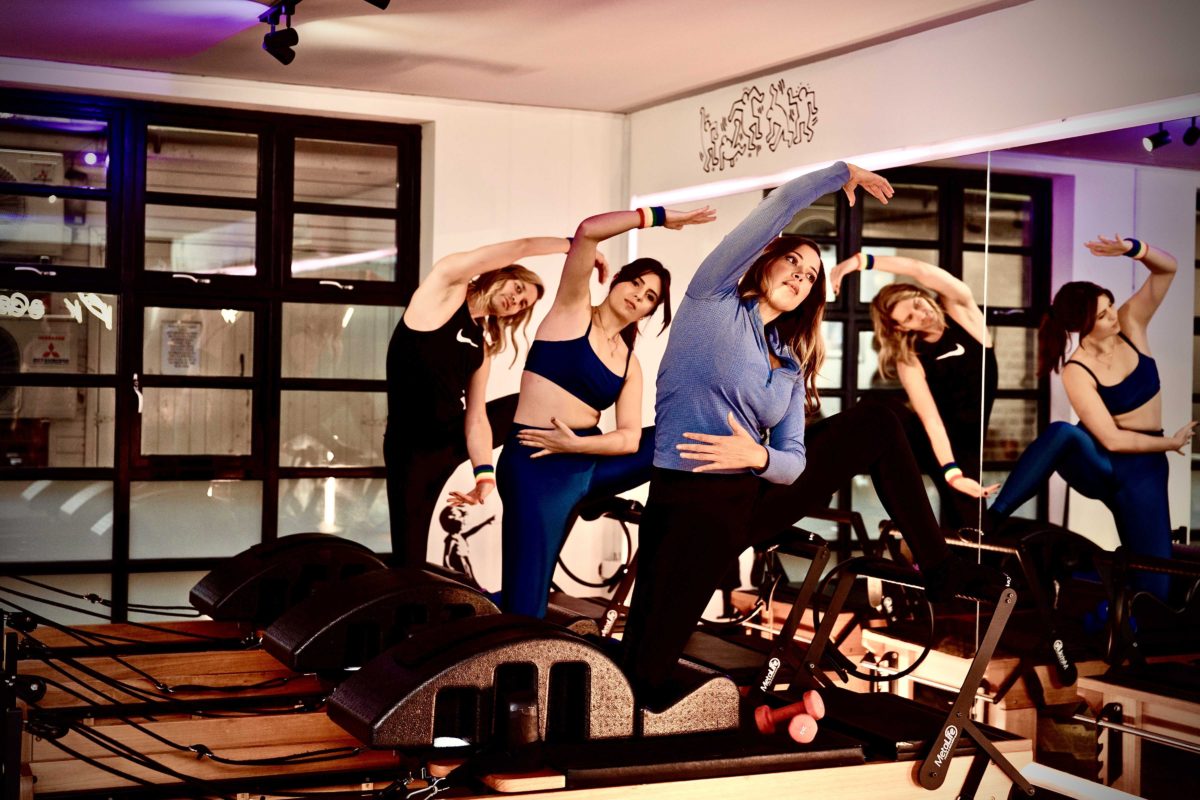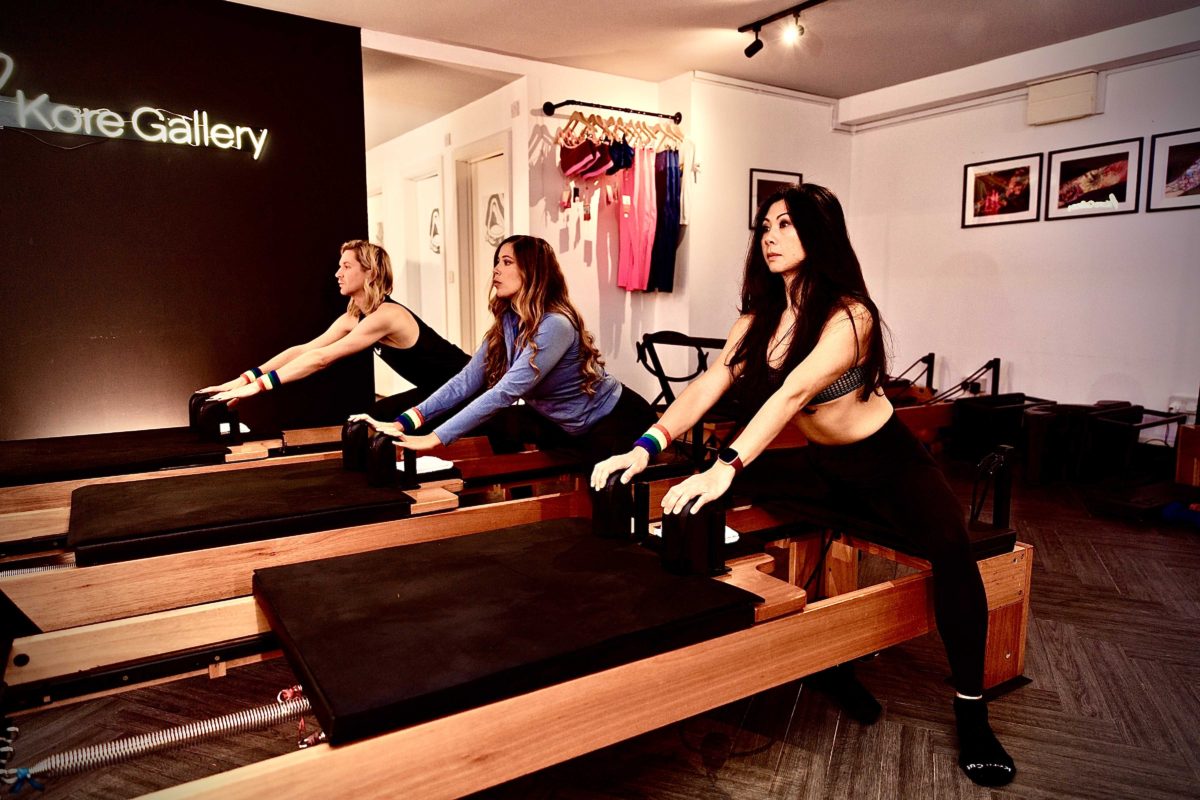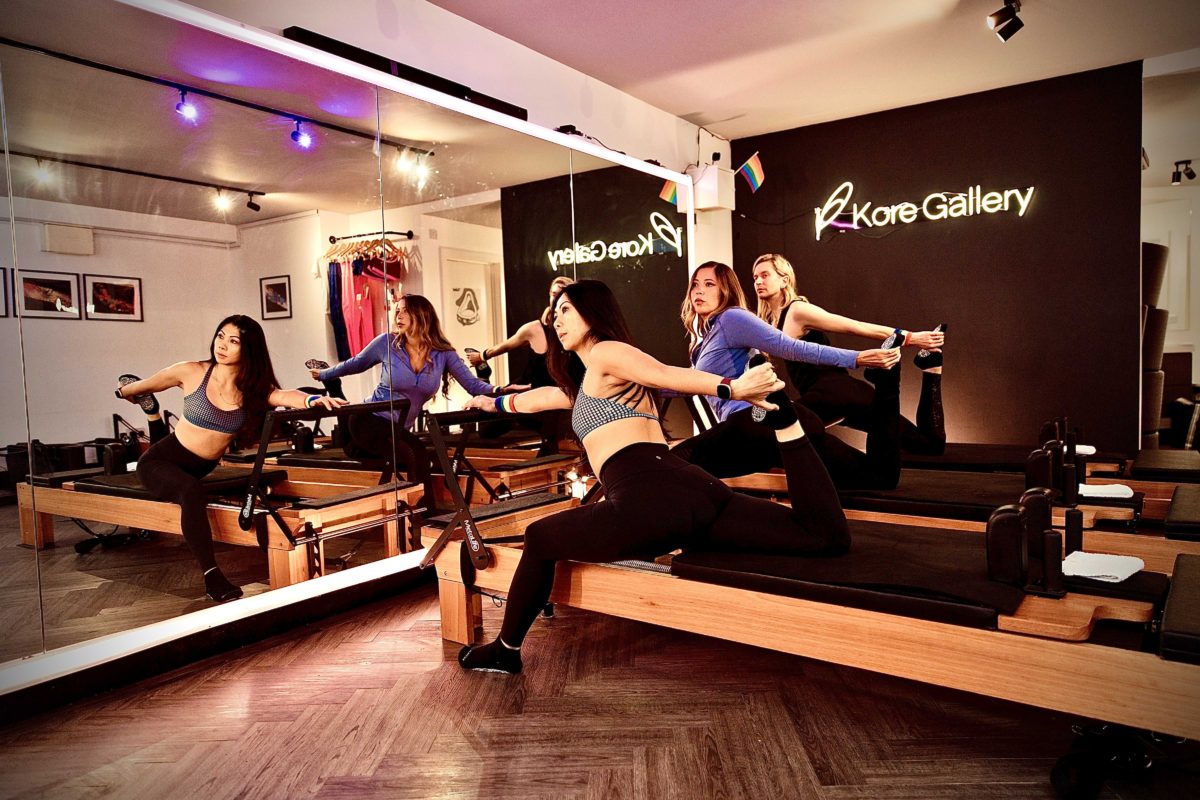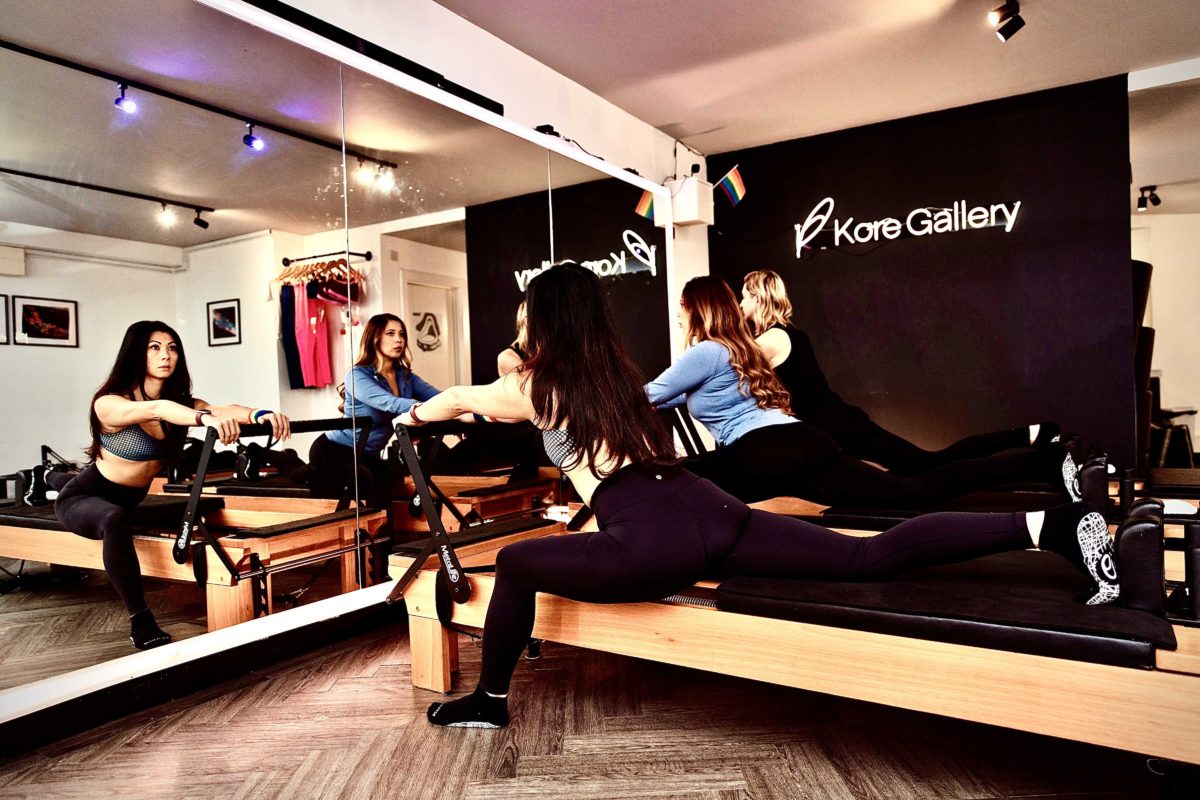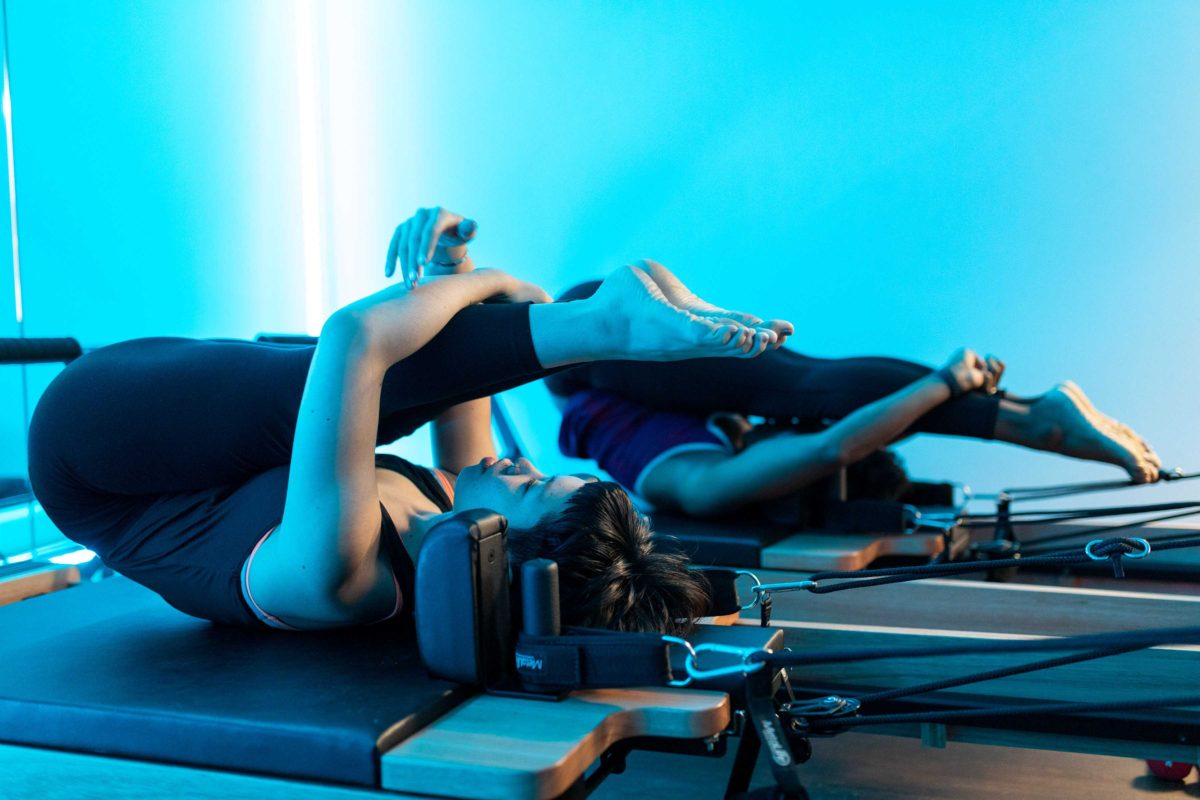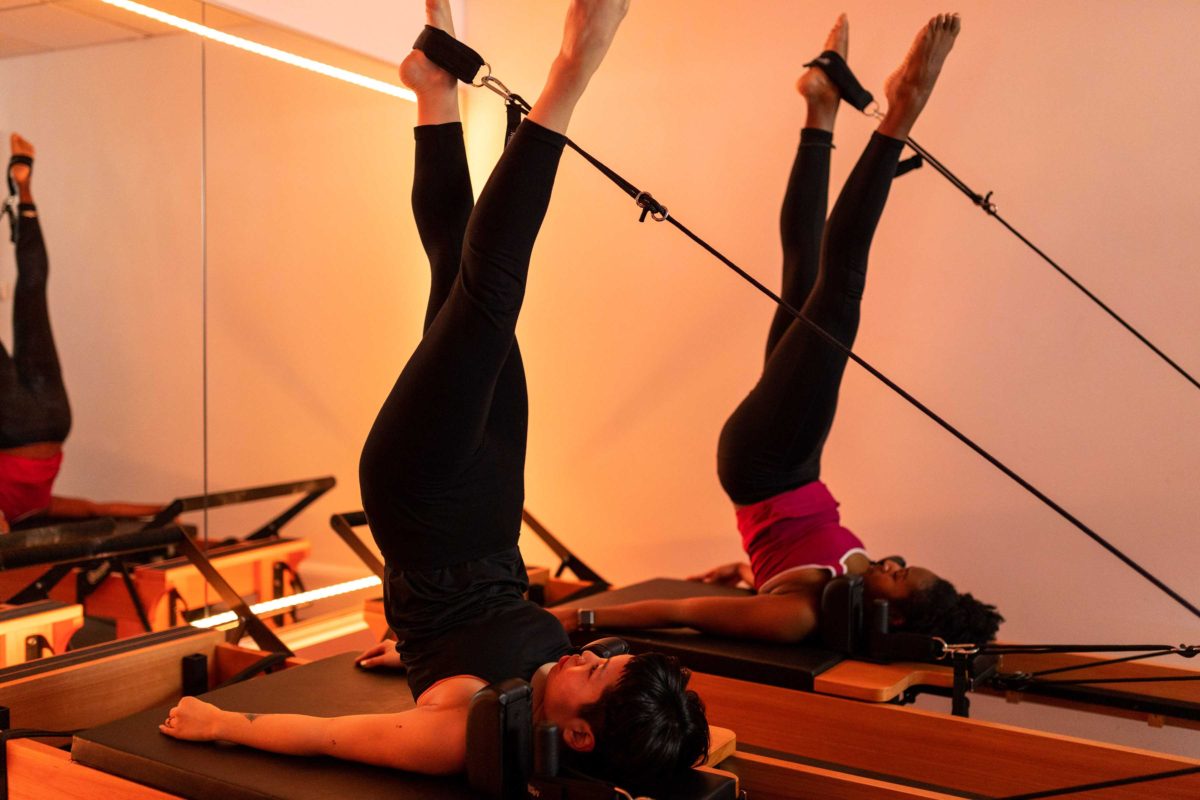Join us on this fun exploration as we unravel the mysteries and spill the beans on what makes each of these powerhouse practices unique and oh-so-beneficial. Grab a smoothie and settle in, because we’re about to dive deep!
The Origin Stories: Ancient Wisdom Meets Modern Mastery
Yoga: The Ancient Journey
Let’s kick off this showdown with a stroll down memory lane, all the way back to over 5000 years ago when yoga made its grand debut. Rooted deeply in spiritual and meditative practices, yoga is much more than a physical workout—it’s a holistic approach to uniting mind, body, and spirit.
Pilates: The New Kid on the Block
Now, swinging over to the early 20th century, Pilates entered the scene. Crafted by the genius Joseph Pilates, this workout regimen focused on strengthening the core and improving postural alignment. A more recent innovation, but boy, it has certainly made waves!
The Moves: Stretch, Strengthen, or Both?
Yoga: Flexibility Meets Spirituality
Yoga is often characterized by its fluid movements and stretches that encourage flexibility and peace of mind. It’s like giving your body and soul a warm, loving hug with every pose.
Pilates: Your Core’s Best Friend
Switch gears to Pilates, and you’ve got a powerhouse workout focusing on core strength, body alignment, and muscular endurance. It’s like having a friendly chat with your muscles, reminding them to stay engaged and energized.
The Atmosphere: Tranquil Oasis vs. Dynamic Studio
Yoga: Finding Your Inner Sanctuary
Step into a yoga class, and you’re likely to find a serene space where the hustle and bustle of the outside world melts away, leaving room for meditation and deep, calming breaths.
Pilates: A Buzz of Energy and Power
In contrast, a Pilates studio often pulses with a dynamic energy. Picture focused faces, the soft whir of the reformer machines, and a vibrant vibe that keeps you on your toes, literally!
The Benefits: A Bounty of Goodies for Body and Mind
Yoga: A Spiritual Retreat
Yoga isn’t just about nailing that perfect pose; it’s a journey inward. It encourages a deep connection with oneself, promoting mental clarity and stress relief. It’s your little retreat from the whirlwind of daily life.
Pilates: A Sculpting Artist
Pilates, on the other hand, is like a sculptor, meticulously crafting and toning your muscles to perfection. Think stronger core, better posture, and an increased sense of body awareness. It’s a beautiful dance of strength and grace!
So, Which One is for You?
Now comes the million-dollar question: Pilates or Yoga? Well, that depends on what you’re looking for in a workout!
Seeking Spiritual Connection and Flexibility?
If you’re longing for a spiritual connection, a chance to enhance flexibility, and a dose of tranquillity, yoga might be your jam!
Craving Core Strength and Muscle Tone?
But if you’re aiming to build that powerhouse core and carve out some lean, mean muscles, then Pilates might just be calling your name!
Why Not Both?
Who says you have to choose? In the grand scheme of things, both Pilates and yoga offer a banquet of benefits that cater to different aspects of wellness. Maybe consider mixing it up—some days finding peace on the yoga mat, and others powering through a Pilates class.
At Kore Gallery, we say why not embrace the beauty of both? After all, variety is the spice of life, and your fitness journey should be nothing short of spicy!
So, whether you’re a Pilates enthusiast or a yoga guru, here’s to embracing the journey, enjoying the process, and celebrating the beautiful diversity in the world of fitness!
Here’s to more stretches, more strength, and tons of fun on the mat! Cheers to finding your perfect fitness match at Kore Gallery!


